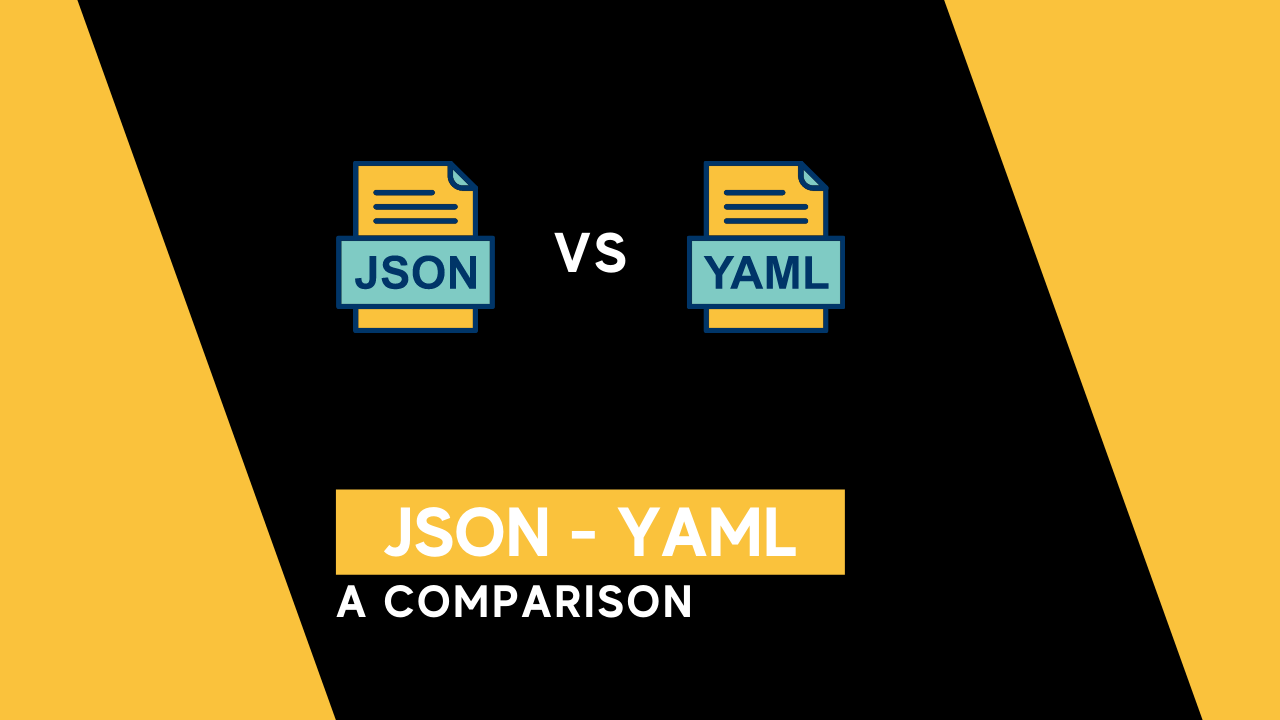JSON vs. YAML: A Comprehensive Comparison for Data Interchange
Introduction
Greetings, JSON Lovers! In the realm of data interchange, you’ve likely encountered two formidable contenders: JSON and YAML. Both are widely used formats for storing and transmitting data in a structured manner, but they possess distinct characteristics that make them suitable for different applications. In this comprehensive guide, we’ll delve into the intricacies of JSON vs. YAML, exploring their similarities, differences, and use cases.

Source www.programonaut.com
Structure and Syntax
JSON (JavaScript Object Notation) is a lightweight data format based on JavaScript’s object syntax. It consists of key-value pairs enclosed in curly braces ({}), where keys are strings and values can be strings, numbers, arrays, or nested objects. On the other hand, YAML (YAML Ain’t Markup Language) is a more human-readable format that uses indentation to define hierarchy. It supports data structures similar to JSON but allows for more flexibility in expressing complex data.
Data Types
Both JSON and YAML support a wide range of data types, including strings, numbers, booleans, arrays, and more. However, JSON requires keys to be strings, while YAML allows for both strings and unquoted keys. Additionally, YAML introduces some unique data types, such as dates, tags, and null values, which can be useful for representing specific types of data in a structured manner.
Parsing and Processing
JSON is a standardized format that can be easily parsed by machines. Its straightforward syntax makes it ideal for automated data exchange. YAML, on the other hand, is more flexible and allows for user-defined tags and comments. While this can enhance readability, it also introduces complexity and can potentially lead to inconsistencies during processing.
Extensibility and Compatibility
JSON is a widely adopted standard supported by numerous programming languages and applications. It is commonly used in web development, data analysis, and RESTful APIs. YAML, while less prevalent, has been gaining popularity as a more expressive and human-readable data format. It is often used in configuration files, DevOps pipelines, and documentation.
Use Cases
JSON and YAML are commonly encountered in various scenarios:
JSON:
- Data exchange in web applications and APIs
- Configuration files for JavaScript-based projects
- Storage and analysis of structured data
YAML:
- Configuration files for software applications
- DevOps pipelines and automation scripts
- Documentation and human-readable data representation
Comparison Table
| Feature | JSON | YAML |
|---|---|---|
| Syntax | Key-value pairs in curly braces | Indentation-based hierarchy |
| Data types | Strings, numbers, booleans, arrays | Similar to JSON, plus tags and null values |
| Keys | Must be strings | Can be strings or unquoted |
| Parsing | Standardized and machine-friendly | More flexible, allows for user-defined tags |
| Extensibility | Widely supported | Gaining popularity, but less prevalent |
| Use cases | Data exchange, APIs, configuration | Configuration, pipelines, documentation |
Conclusion
So, which format should you choose? The answer depends on your specific requirements. If you prioritize machine readability, standardized syntax, and wide compatibility, JSON is a reliable choice. However, if you value human readability, flexibility, and the ability to express complex data in a structured manner, YAML might be the better option.
For further insights into data interchange, be sure to check out our articles on JSON Schema, YAML Best Practices, and XML vs. JSON.
FAQ about Json Vs Yaml
What is JSON?
JSON (JavaScript Object Notation) is a lightweight and open-standard data format popular for representing hierarchical data.
What is YAML?
YAML (YAML Ain’t Markup Language) is a human-readable data serialization language that uses a concise and expressive syntax.
What are the key differences between JSON and YAML?
- Syntax: JSON uses curly braces and double quotes, while YAML uses indentation and colons.
- Data Types: JSON only supports limited data types, while YAML supports a wider range, including dates and timestamps.
- Comments: YAML allows comments, but JSON does not.
- Whitespace Sensitivity: YAML is whitespace-sensitive, while JSON is not.
- Extensibility: YAML allows custom tags and extensions, while JSON does not.
Which is more concise?
JSON is generally more concise than YAML, as it uses a simpler syntax.
Which is more readable?
YAML is generally considered more readable than JSON, due to its indentation-based syntax.
Which is more flexible?
YAML is more flexible than JSON, as it supports a wider range of data types and allows extensions.
Which is more widely supported?
JSON is more widely supported than YAML, due to its widespread use in web development and other domains.
When should I use JSON?
JSON is ideal for scenarios where data needs to be concise, portable, and cross-platform compatible.
When should I use YAML?
YAML is suitable for scenarios where data readability, flexibility, and extensibility are important.
